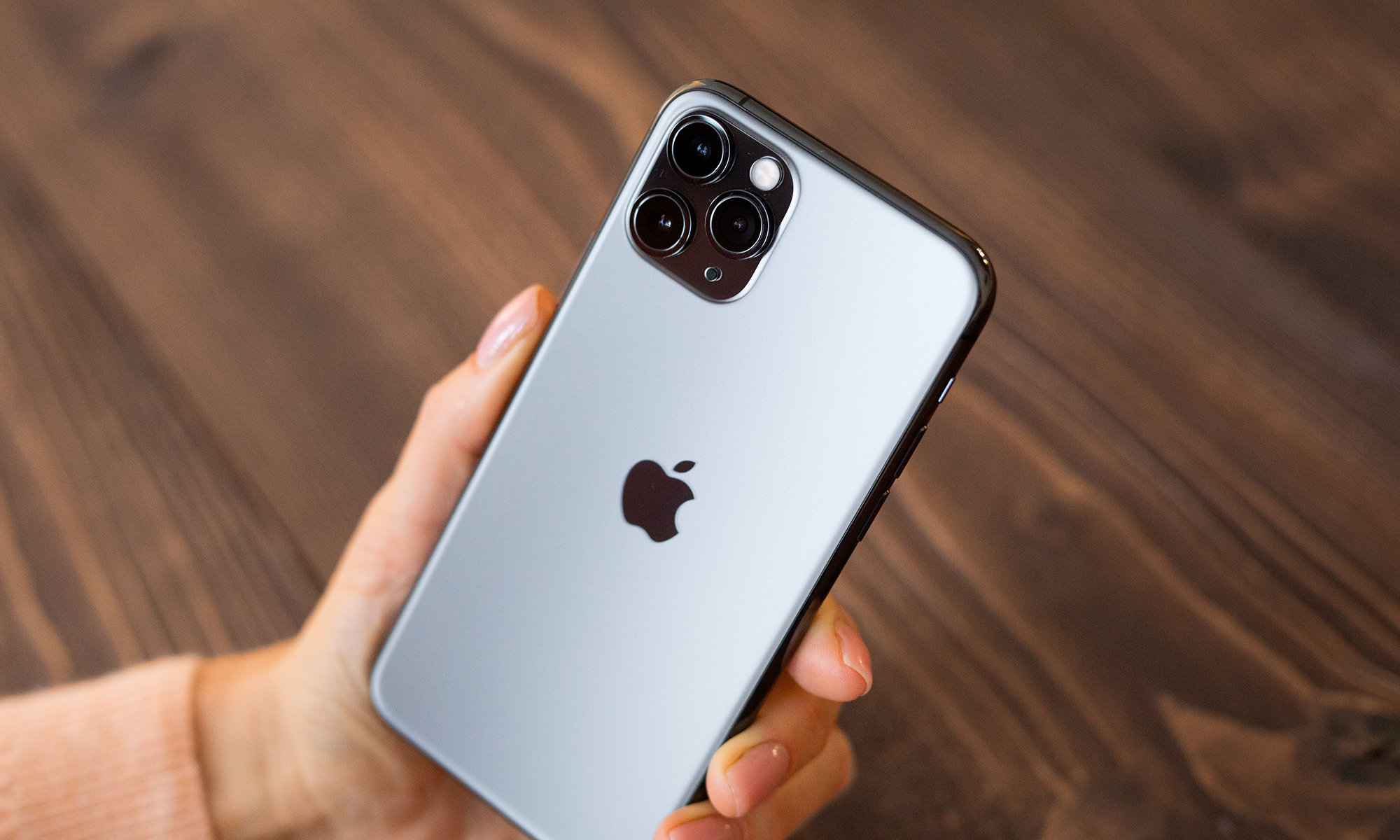Late last month, Apple (AAPL +0.17%) announced that its newest flagship smartphones, the iPhone 6 and iPhone 6 Plus, had sold a combined 10 million units during their first weekend on sale -- a more than 11% improvement from last year's iPhone 5s and iPhone 5c.
Although 10 million is a solid figure, Apple left another number out of the announcement, one that it had opted to include last year: The number of iOS devices running the latest version of Apple's mobile operating system, iOS 8.
It's not particularly surprising -- it likely wouldn't have been as notable, as iOS 8's early adoption seems to have been significantly slower than iOS 7. For a company that consistently brags about its homogeneous user base -- with respect to iOS -- a sluggish adoption rate could be cause for concern, but, at the same time, it could also highlight a trend that could be far more beneficial.
iOS 8's steep requirement
Shortly after iOS 8's debut last month, research firms Tapjoy, Chitika, and Mixpanel all reported that Apple's users were adopting its latest mobile operating system at a slower pace than last year. Mixpanel, in particular, found that iOS 8 was only half as popular in its first day as iOS 7.
It's hard to qualify exactly why that's the case, but one overwhelming reason appears to be iOS 8's size requirement -- in order to upgrade to iOS 8 over the air, users may need as much as 5.7 GB of free storage space, a tall order for anyone sporting a 16 GB iPhone model (let alone the cheaper, 8 GB iPhone 4s), and a near 100% increase from last year's 3.3 GB.
Exactly how many users ran into the issue is difficult to say, but anecdotal evidence suggests that it may have been significant enough to affect adoption rates: In the wake of iOS 8's release, hundreds of users took to social media to express their displeasure, while tech blogs rushed to offer articles explaining how best to get around the requirement.
Less than before, but still impressive
Of course, there's an easy solution -- simply plugging the iPhone into a computer and updating through iTunes reduces the space required for the update dramatically. Indeed, while iOS 8's adoption has been slower, it certainly hasn't been non-existent -- as of September 21, 46% of iOS devices were using the latest operating system, a figure which has almost certainly increased in recent days.
By the time Apple announces iOS 9 at its 2015 Worldwide Developer's Conference, it's likely that iOS 8 will be near the 90% figure that iOS 7 enjoyed this past summer, particularly if iPhone 6 sales prove to be as strong as analysts anticipate. Adoption will almost assuredly be better than rival Android -- Android KitKat, released last year, powers just over one-fifth of Android devices.
Opting for more storage
It's possible that iOS 8's sluggish adoption rate could give Apple a boost -- at least indirectly. Finding that they can't easily update to the latest operating system, owners of Apple's products could opt for models with higher storage capacities when it comes time to upgrade. ("I literally just deleted everything, and contemplated buying a 32 GB," wrote one commenter on Gizmodo.)
With the iPhone 6, Apple has introduced new storage tiers, ones seemingly designed to entice more users to opt for the more expensive, larger capacity iPhones over the smaller, cheaper alternatives. Music and video files haven't changed much in size, but apps are certainly getting bigger -- as the ultimate app, larger iOS updates could serve as the perfect form of encouragement.
Unfortunately, Apple doesn't provide specific sales numbers on particular iPhone models, so it will be difficult to tell how many buyers are opting for more storage. Still, evidence suggests that customers may be trading up: In a recent survey of iPhone 6 buyers, analysts at Piper Jaffray found that higher capacity models were far more desirable than in years past.
Given that the more expensive models offer more potential profit, Apple investors should welcome the shift in demand.






